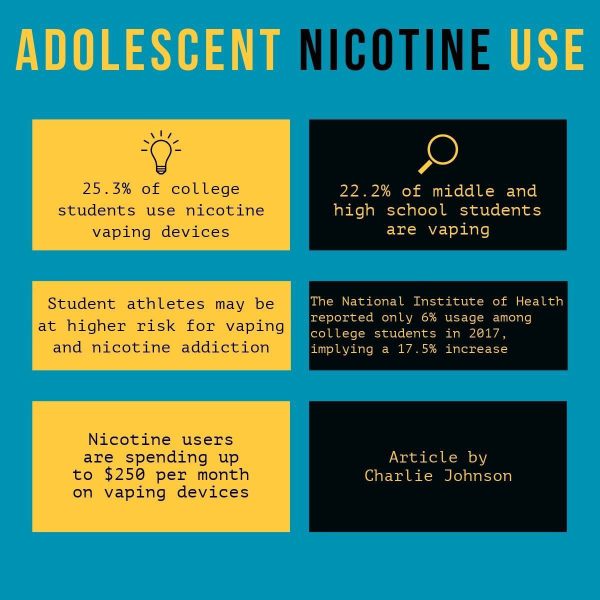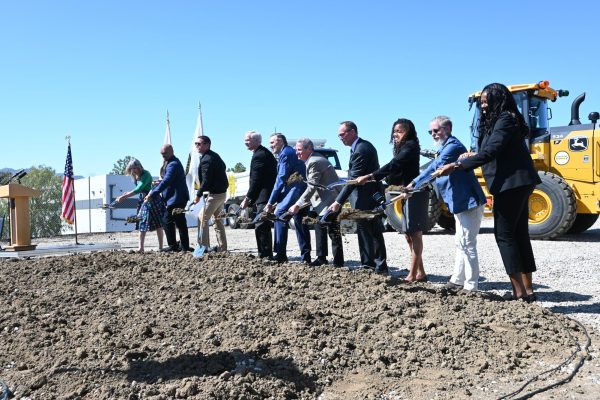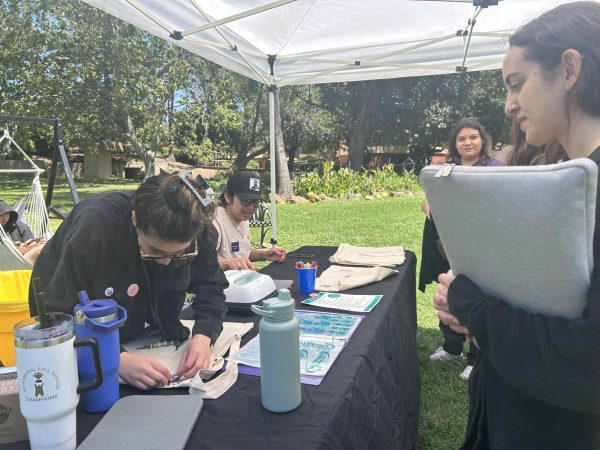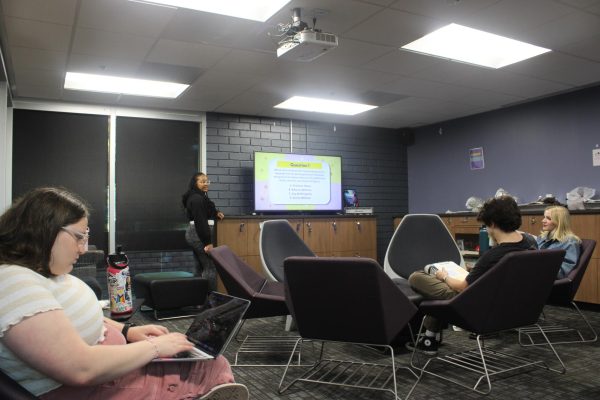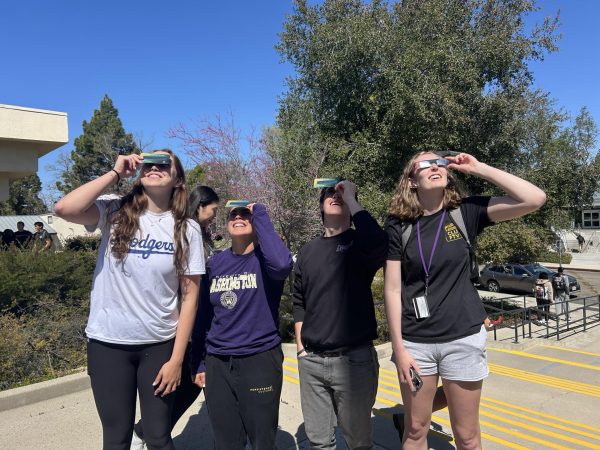Cal Lutheran’s emergency protocols are ‘transferable’ in case of earthquake
September 27, 2021
When a 4.3 magnitude earthquake struck near the Carson area on Friday, Sept. 17 at 7:58 p.m., the shock extended through Ventura County and was felt on California Lutheran University’s Thousand Oaks campus.
According to the CBS Los Angeles website, the last earthquake that shook the city of Los Angeles and revealed widespread devastation occurred in Northridge almost 28 years ago. Since then, Southern Californians have been wondering when the next big earthquake will hit.
Associate Vice President of Planning and Services Ryan Van Ommeren said in a Zoom interview that staff at Cal Lutheran has worked to ensure students, faculty and campus grounds are kept safe in the event an earthquake strikes the Thousand Oaks community.
Van Ommeren said all of Cal Lutheran’s buildings have been replaced over the years, and new modern earthquake code buildings have been constructed.
“More than 50 percent of our square footage has been constructed since the Northridge earthquake,” Van Ommeren said. “I would say that we have renovated probably every building on campus that was here in the year 2000.”
Van Ommeren said there are safe places to be both inside and outside in the event an earthquake takes place on campus. He said if you’re outside, you don’t want to be under anything. If you’re inside, you want to get under something to protect yourself.
“You want to get under the sturdiest piece of furniture in the room because things fall,” Van Ommeren said. “More people get hurt from things falling than they do from buildings that collapse.”
Senior Nelson Mendez has been a Residential Assistant for Janss Residence Hall for a year.
“There are many natural hazards that could occur that we, as room advisors, are simply not told how to handle,” Mendez said. “I think a presentation during our training process would be very beneficial.”
Director of Campus Safety David Hilke said in an email interview that during each fall semester, faculty, staff and students are asked to participate in fire drills.
Van Ommeren said every single building on campus has a fire drill once a year. The residence halls have one drill per semester.
Hilke said the drills are designed to evacuate the occupants of each building, familiarize them with the building emergency coordinators and educate them on the designated assembly areas.
“The basic information learned during the fire drills is transferable to other emergency situations that may occur on campus, including natural disasters,” Hilke said.
Hilke said along with participating in the drills, students can prepare for an earthquake before it happens.
“If living on campus, students should learn where the on-campus assembly areas are. If off-campus, coordinate an evacuation plan and assembly area with family or roommates. Identify emergency shutoff valves, emergency exits, and an alternative exit prior to needing to use them,” Hilke said.
Hilke said a few years ago Campus Safety and Facilities Management purchased emergency operation trailers which serve as a mobile emergency operation center.
“The Campus Safety trailer is equipped with a gas powered generator, mobile hotspot, two-way radios, and laptop computers,” Hilke said. “The Facilities Management trailer is equipped with emergency response supplies, such as portable generators, fire extinguishers, hand tools and disaster cleanup supplies.”
Hilke said students can become more informed on what to do in the event of an earthquake on campus through the CLU Alert system. By signing up in advance, messages will be sent out to anyone who has registered in the event of an emergency. To sign up, click on the CLU Alert tab in the MYCLU Portal.




